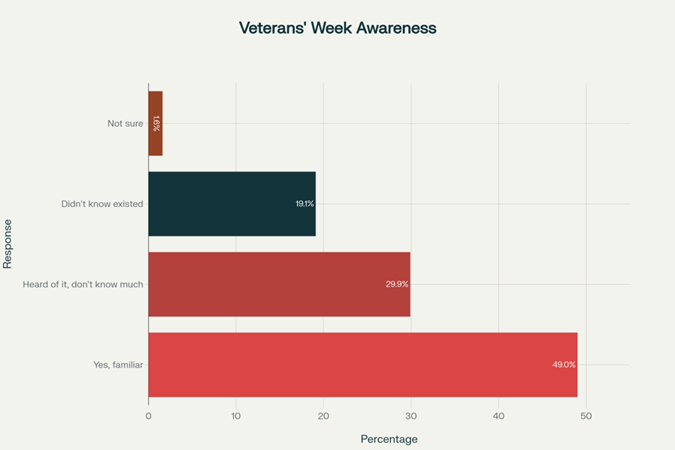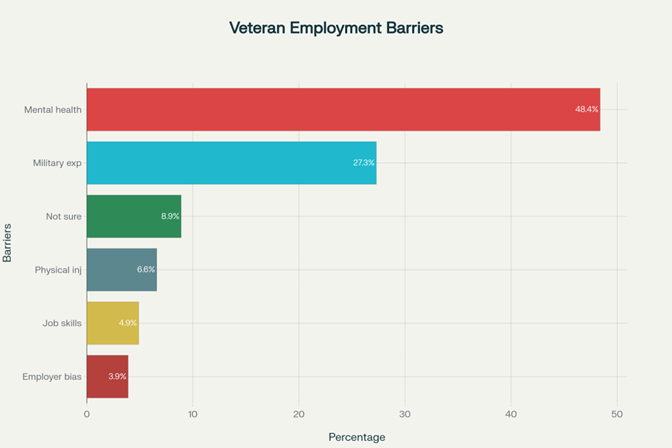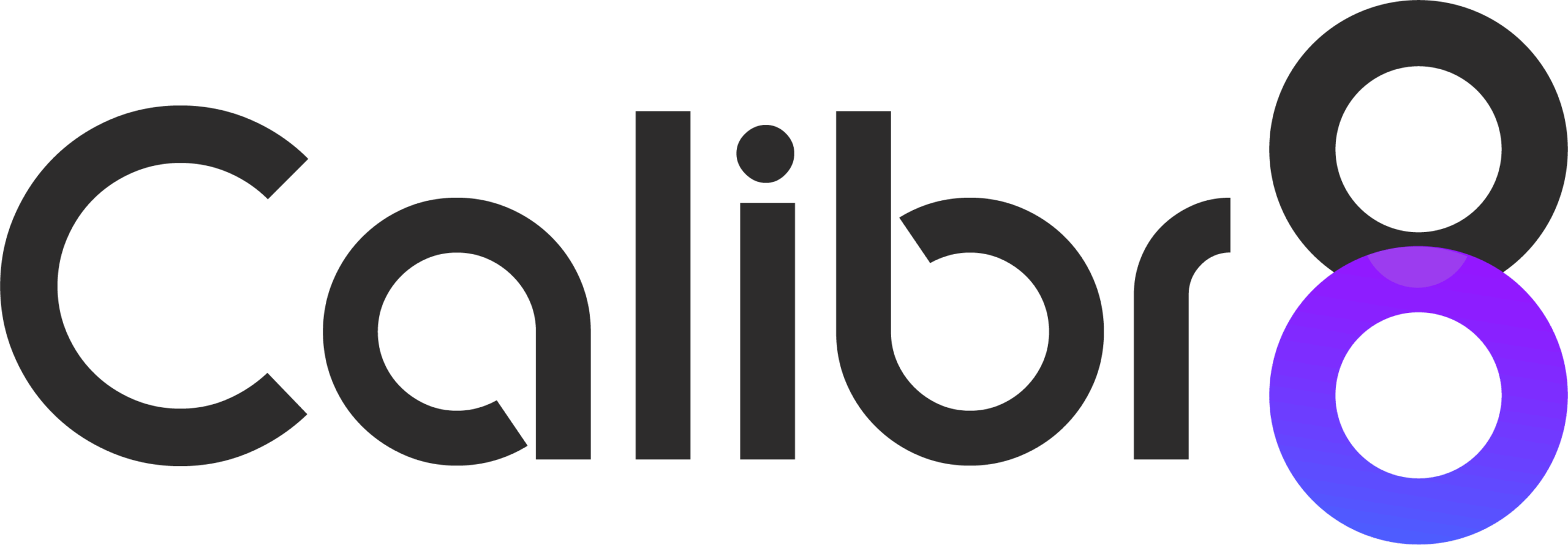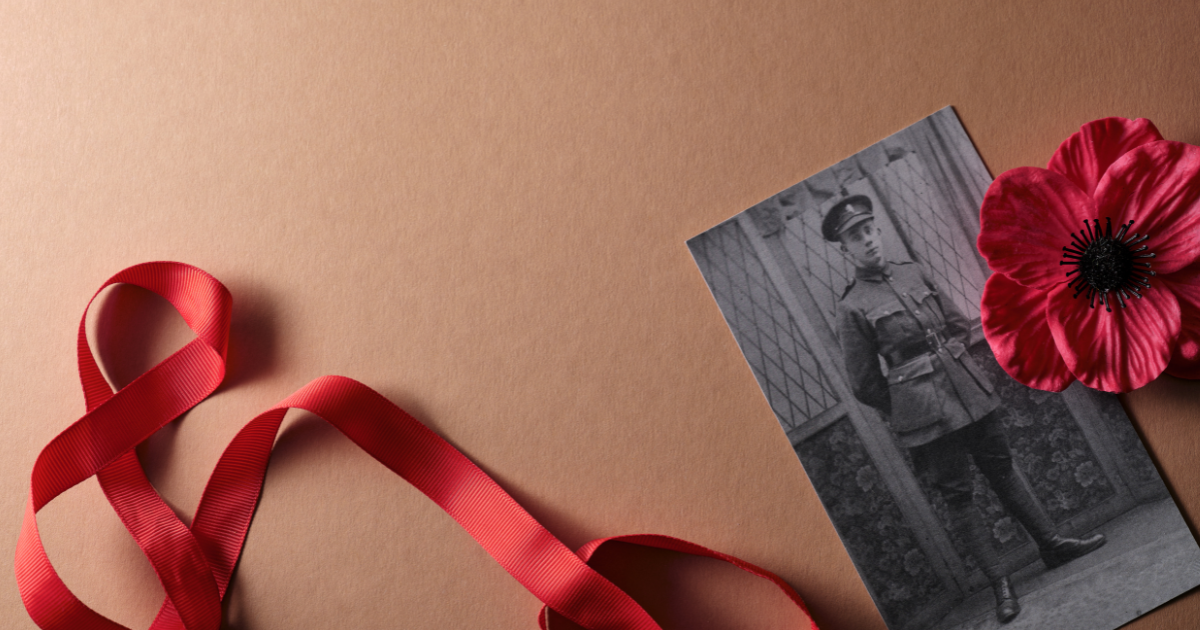Read time: 8 mins
86.5% of Canadians say Remembrance Day is important. But only 21% know about Indigenous Veterans Day.
When Zamplia surveyed 304 Canadians this November, we asked a simple question: How much do Canadians really know about the veterans we’re meant to remember? What we uncovered reveals a nation deeply committed to honoring sacrifice—but with critical knowledge gaps that deserve attention.
The Bottom Line
Canadians care about Remembrance Day. But awareness doesn’t always equal understanding.
✅ 86.5% rate Remembrance Day as important (4-5 on a 5-point scale)
✅ Only 49% are familiar with Veterans’ Week (November 5-11)
✅ 21% know November 8 is Indigenous Veterans Day (79% didn’t know)
✅ 69% will wear a poppy, but only 18% will attend a ceremony
✅ 48% identify mental health as the biggest barrier veterans face in employment
✅ Only 15% correctly guessed 21 million poppies are distributed annually
This isn’t a story about declining patriotism. It’s about a tradition deeply valued but incompletely understood—and the veterans whose stories remain untold.
Veterans’ Week: The Awareness Gap
Only 49% of Canadians are familiar with Veterans’ Week (November 5-11), the seven-day period leading up to Remembrance Day.
Awareness Breakdown

Why This Matters: Veterans’ Week was established to recognize the service and sacrifice of Canada’s veterans beyond a single day.
It includes:
- November 5: Start of Veterans’ Week
- November 8: Indigenous Veterans Day
- November 11: Remembrance Day
Nearly half of Canadians are unaware of this extended observance, suggesting that efforts to broaden recognition beyond November 11th haven’t fully reached the public.
Strategic Insight: Organizations, employers, and educators have an opportunity to expand awareness by framing Remembrance Day as part of a broader week-long commemoration—not just a one-day observance.
Indigenous Veterans Day: The Recognition Crisis
November 8 is Indigenous Veterans Day. Only 21% of Canadians know this.
When asked what November 8 commemorates:
- 52% said “I didn’t know there was a special day on November 8”
- 21% correctly identified Indigenous Veterans Day
- 21% guessed National Veterans Day
- 4% said Military Families Day
- 2% said Peacekeepers’ Day
The Historical Context
More than 12,000 Indigenous people have served in Canadian military conflicts since the First World War, despite facing systemic discrimination, being denied the right to vote while serving, and receiving inferior benefits upon return.
Indigenous Veterans Day was established in 1994 to honor these contributions—yet three decades later, 4 in 5 Canadians remain unaware of its existence.
What This Reveals: Canada’s commitment to reconciliation and truth-telling extends to how we remember military service. If we’re serious about recognizing Indigenous contributions to Canadian history, this day cannot remain invisible.
Call to Action: Educational institutions, workplaces, and media outlets should integrate Indigenous Veterans Day into Remembrance Week programming, ensuring these stories are told alongside broader military history.
Mental Health: The Hidden Battle
48% of Canadians identify mental health challenges as the biggest barrier veterans face when transitioning to civilian employment.
Perceived Employment Barriers

This perception aligns with reality-but only partially.
The PTSD Reality Check
When asked how likely veterans are to experience PTSD compared to the general population:
- 45% said “much more likely”
- 30% said “somewhat more likely”
- 17% said “about the same”
The Actual Data:
- 7.6% of veterans experience PTSD (Veterans Affairs Canada)
- 5.2% of the general Canadian population experiences PTSD
While veterans are more likely to experience PTSD, the rate is often overestimated, contributing to stigma and employment discrimination.
Veterans’ Mental Health Perception
44% correctly identified that veterans rate their mental health “somewhat worse” than the general population.
The Reality:
- 56% of veterans rate their mental health as “very good/excellent” (still lower than non-veterans)
- 21% rate it as “fair or poor” (higher than the general population)
What Employers Need to Know: While mental health challenges are real, the majority of veterans are thriving. The perception gap can lead to hiring bias, with employers assuming all veterans carry invisible wounds. Education and direct veteran hiring programs can counter this stigma.
The Poppy: Tradition Strong, Knowledge Weak
69% of Canadians plan to wear a poppy this year. But only 15% correctly guessed how many are distributed annually.
Poppy Distribution Guesses
- 31% guessed 10 million
- 24% guessed 15 million
- 23% guessed 5 million
- 15% guessed 21 million ✓ (Correct)
- 7% guessed 30 million
The Actual Number: 21 million poppies are distributed across Canada each year by the Royal Canadian Legion.
With a population of approximately 40 million, that’s one poppy for every two Canadians—a staggering logistical effort that goes largely unnoticed.
Participation Beyond the Poppy
While wearing a poppy remains the dominant form of observance, participation varies:

The Participation Paradox: Canadians value Remembrance Day highly (86.5% rate it important), yet active participation beyond wearing a poppy remains limited. Only 1 in 5 will attend a ceremony, and fewer than 1 in 5 will financially support veterans’ organizations.
Strategic Takeaway: There’s an opportunity to convert passive observance (wearing a poppy) into deeper engagement—whether through storytelling, education, or direct support for veteran services.
How Many Veterans Are There? Most Canadians Don’t Know
Canada has approximately 700,000 living veterans. Only **24% of Canadians correctly estimated this number.
Veteran Population Guesses
- 26% said “I have no idea”
- 24% guessed 100,000-300,000
- 24% guessed 500,000-700,000 ✓ (Correct)
- 17% guessed 1-1.5 million
- 9% guessed over 2 million
Why This Matters: When Canadians don’t know how many veterans live among us, it’s harder to appreciate the scale of services, support, and recognition required. Veterans aren’t relics of the past—they’re neighbors, coworkers, and community members.
The “Lest We Forget” Irony: The phrase “Lest We Forget” is central to Remembrance Day. Yet if we don’t know how many veterans exist today, are we truly remembering them?
Women Veterans: The Double Barrier
46% of Canadians answered “Not sure” when asked whether female veterans face greater employment barriers than male veterans.
- 46% Not sure
- 46% True ✓ (Correct)
- 8% False
The Reality: Female veterans with mental health challenges are 75% less likely to secure employment than male veterans with the same conditions (Veterans Affairs Canada). This double stigma—gender bias compounded by mental health bias—creates unique challenges for women transitioning to civilian careers.
What This Reveals: Nearly half of Canadians are unaware of the gendered dimension of veteran employment barriers. As women represent a growing share of Canadian Armed Forces members, this knowledge gap will only become more significant.
Recommendation: Veteran employment programs should explicitly address the needs of women veterans, recognizing that gender-specific barriers require gender-specific solutions.
Remembrance Day Importance: Near-Universal Agreement
86.5% of Canadians rate Remembrance Day as important or very important (4-5 on a 5-point scale).
Importance Ratings
- 57% rated 5 (Very Important)
- 30% rated 4 (Important)
- 11% rated 3 (Neutral)
- 2% rated 2
- 1% rated 1 (Not Important)
Average Importance Rating: 4.39/5
The Generational Context: With an average respondent age of 53.7 years, our sample skewed older—a demographic more likely to have direct or family connections to military service. Younger Canadians’ perspectives may differ, though this survey didn’t capture that variance.
What This Tells Us: Remembrance Day remains one of Canada’s most valued national traditions, transcending political and cultural divides. Even as other national observances face declining participation, Remembrance Day retains near-universal importance.
What This Means for Canada
Remembrance Day is not in decline. But our collective knowledge is incomplete.
✅ Canadians value the tradition (86.5% consider it important)
✅ But awareness of Veterans’ Week remains limited (only 49% familiar)
✅ Indigenous Veterans Day is nearly invisible (79% unaware)
✅ Mental health stigma persists, complicating veteran employment
✅ Poppy-wearing dominates, but deeper engagement lags
The question isn’t whether Canadians care-they clearly do. The question is whether we’re equipping them with the knowledge, context, and opportunities to translate that care into meaningful action.
Recommendations
For Educators:
- Integrate Indigenous Veterans Day into Remembrance Week curriculum
- Share veteran employment statistics to counter stigma
- Facilitate direct connections with veteran speakers
For Employers:
- Implement veteran-specific hiring programs that address mental health bias
- Recognize Veterans’ Week (not just Remembrance Day) with workplace programming
- Support women veterans with tailored transition resources
For Media:
- Expand coverage beyond November 11 to include Veterans’ Week
- Tell Indigenous veteran stories year-round, not just on November 8
- Challenge misconceptions about PTSD prevalence and veteran employability
For Veterans’ Organizations:
- Increase public awareness campaigns around Veterans’ Week
- Promote Indigenous Veterans Day with the same visibility as Remembrance Day
- Create accessible resources that help Canadians move from passive observance to active support
Methodology
This research was sponsored and conducted by Zamplia among 304 Canadian adults aged 18-86 via an online survey between November 1-4, 2025. The study employed a non-probability opt-in panel sample, with data weighted to Canadian census demographics by age, gender, and region. Because this survey used a non-probability sample, a margin of error cannot be calculated, and results are directional and should not be generalized to the entire Canadian population. For more information or to request the full survey questionnaire, please contact us.
The Verdict
Remembrance Day is one of the few national traditions where participation and importance remain high. But knowledge gaps—especially around Indigenous veterans, Veterans’ Week, and employment barriers—suggest we’re remembering selectively.
Lest we forget isn’t just about honoring the past. It’s about knowing the present: the 700,000 veterans living among us, the barriers they face, and the stories still waiting to be told.
This Remembrance Day, let’s commit not just to wearing a poppy—but to learning something new about the people we’re meant to remember.
FAQs
Despite being recognized since 1994, Indigenous Veterans Day receives far less attention than Remembrance Day, partly because it’s not widely covered in schools, workplaces, or media campaigns during Veterans’ Week.
Canadians can deepen their engagement by attending ceremonies, supporting veterans’ organizations, learning about Indigenous contributions, and advocating for fair employment practices for veterans.
Employers can create veteran-focused hiring initiatives, provide mental health education to reduce stigma, and design programs that address gender-specific barriers faced by women veterans.
About Zamplia
Zamplia is a market research platform that connects brands, organizations, and communities with real people to uncover insights that drive smarter decisions. From social impact research to consumer behavior studies, we help organizations understand what Canadians really think—before it’s too late.


